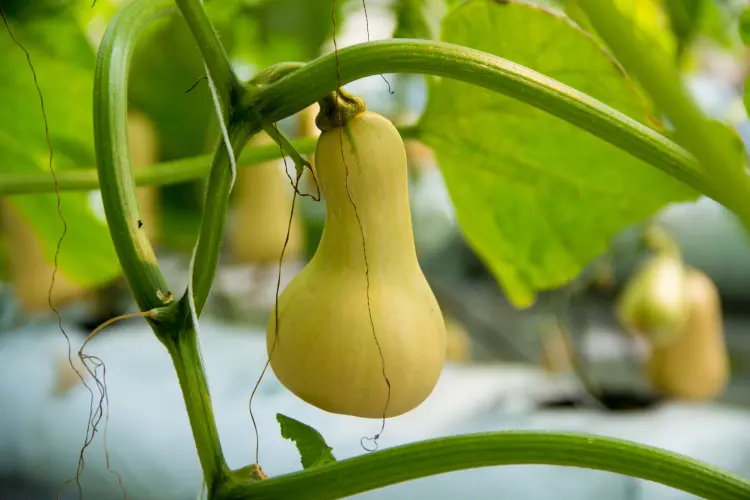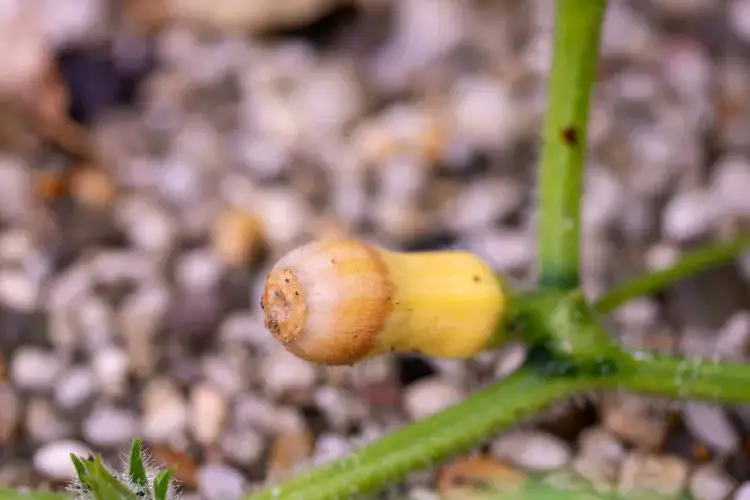
Why Are My Butternut Squashes Rotting?
Spring and summer bring vibrant growth to gardens, but it’s disheartening to see your plants struggling. Butternut squash, with its rich flavor and nutritional benefits, is a popular choice for many gardeners. However, issues like blossom end rot can be a significant setback. Discover why your butternut squashes might be rotting and how to effectively tackle this problem.

What Is Blossom End Rot and Why Does It Occur?
Blossom end rot, sometimes referred to as “black bottom,” isn’t a disease but a condition often caused by poor maintenance practices. This problem is characterized by dark, sunken spots at the base of the squash fruit. Here are the two main factors leading to this issue:
- Watering Issues: Both overwatering and underwatering can lead to blossom end rot. It’s crucial to establish a consistent watering routine and ensure that the soil doesn’t dry out excessively between waterings.
- Calcium Deficiency: Inadequate calcium in the soil is a primary cause of this condition. Calcium is essential for proper fruit development, and its deficiency can cause the ends of the squash to rot. Excessive nitrogen can also exacerbate this issue, affecting the earliest fruits.
How to Treat Blossom End Rot in Squash

If you’re facing blossom end rot, don’t worry—there are effective strategies to combat it and improve your squash yield. Here’s what you can do:
- Adopt a Good Watering Routine: Water your butternut squash plants at the base once a week during the growing season. Avoid frequent watering, as it can disrupt calcium uptake and worsen blossom end rot. Once the fruits are mature and starting to dry out, reduce watering. If you see any rotting fruit, remove it promptly.
- Use a Foliar Spray: Foliar sprays can help increase calcium uptake by your plants. Apply the spray to the leaves after sunset to enhance absorption. This treatment can aid in preventing blossom end rot by addressing calcium deficiency directly.
- Avoid Over-Fertilization: While fertilization is essential, overdoing it can lead to problems. Choose a fertilizer with low nitrogen content and follow the application guidelines on the package. To boost soil calcium levels, incorporate bone meal or oyster shells around the base of the plants and water well afterward. Maintaining consistent calcium levels throughout the growing season is crucial for preventing blossom end rot.
By implementing these practices, you can effectively combat blossom end rot and enjoy a healthy harvest of butternut squash. Follow these tips, and you’ll likely find yourself asking less, “Why are my butternut squashes rotting?” Good luck with your gardening, and here’s to a bountiful harvest!



